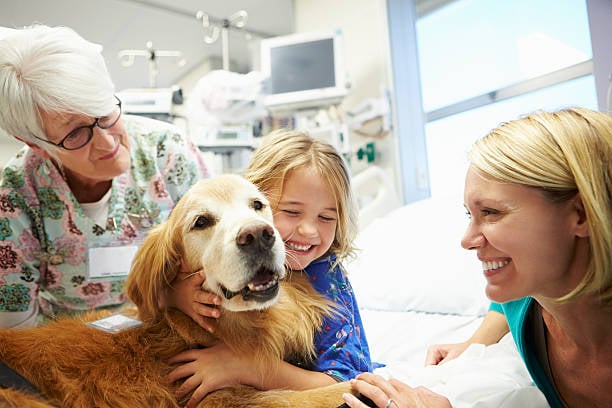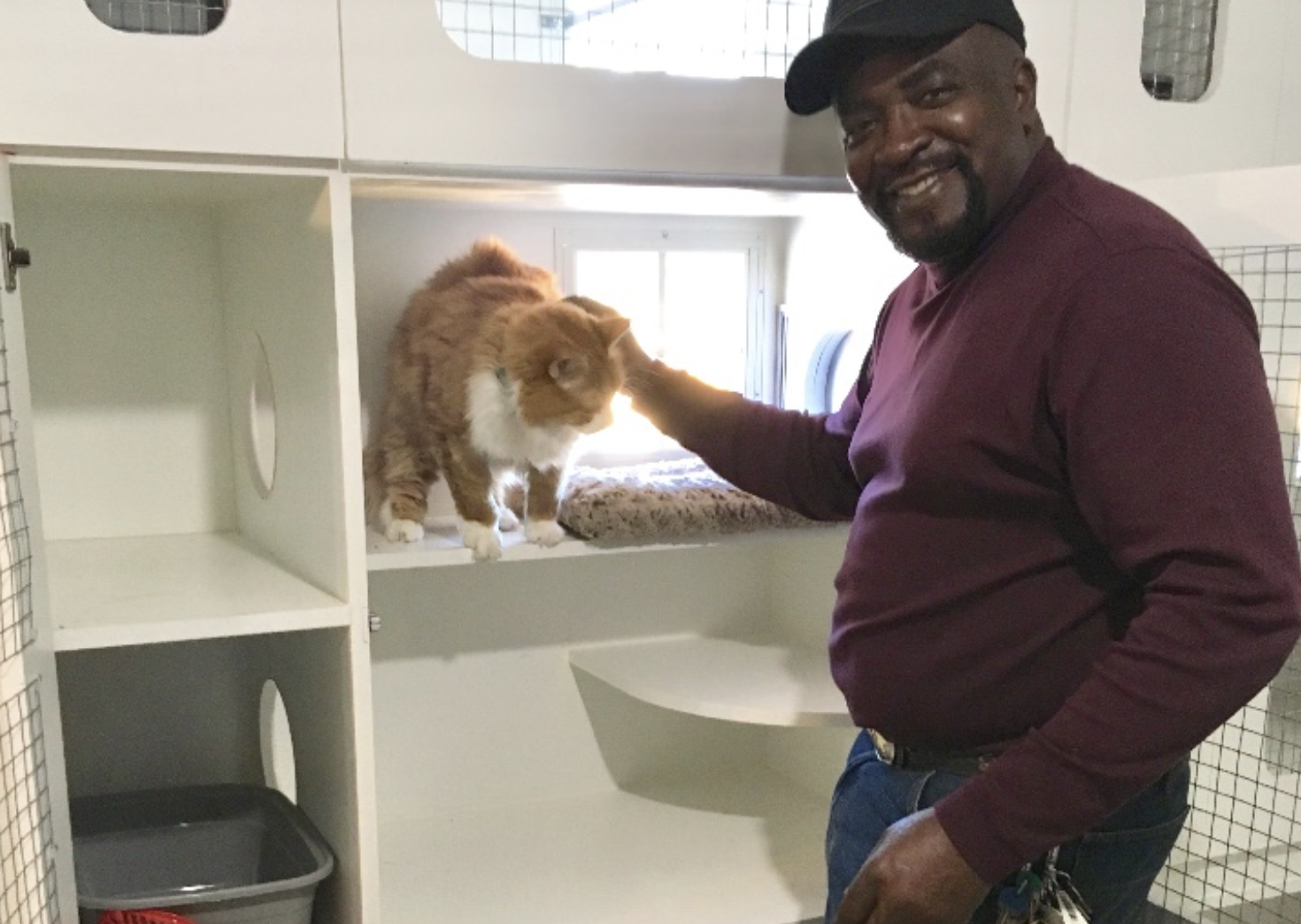Ever wondered how a therapy animal differs from your average pet? Well, you're not alone.
In honor of National Therapy Animal Day (April 30), we’re highlighting what therapy dogs really do, their incredible impact on people’s lives, and what it takes for a dog to become one of these four-legged heroes.
What Is a Therapy Dog?
In the working animal world, it’s easy to confuse terms like service dog, emotional support animal, and therapy dog. But the differences matter.

Therapy dogs are specially trained to provide comfort, emotional support, and affection to people in various environments. Unlike service dogs, they don’t perform specific tasks for one individual. Instead, they work with groups—visiting hospitals, schools, nursing homes, and disaster response sites to help reduce anxiety, ease loneliness, and spark joy.
They are typically calm, friendly, well-socialized, and can handle unpredictable environments. And while they don’t have comprehensive public access rights like service animals, their impact on well-being is just as powerful.
The Healing Power of a Dog’s Presence
The presence of a therapy dog has been shown to lower blood pressure, reduce cortisol levels, and increase oxytocin, the hormone responsible for bonding and trust. But beyond the science, therapy dogs offer something even more powerful: connection.
For hospital patients, a visit from a therapy dog can be the most uplifting part of their day. In classrooms, therapy dogs help students with learning disabilities feel calm and focused. After traumatic events, they provide comfort in ways that words cannot. Their simple presence says, “You’re not alone."
In a world where stress, loneliness, and anxiety are on the rise, the impact of therapy dogs is more important than ever.
What It Takes to Be a Therapy Dog
Therapy dogs can come from any breed or background, but not every dog fits the role. To become certified, dogs typically need to meet the following criteria:
- Temperament: Calm, gentle, and non-reactive around strangers, other animals, and medical equipment.
- Training: A solid foundation in basic obedience, the ability to walk calmly on a leash, and excellent manners in public spaces.
- Health: Up-to-date vaccinations, good hygiene, and regular vet check-ups.
Handlers are usually pet parents who volunteer their time to visit hospitals, schools, libraries, and other places. Together, dog and handler form a team—a partnership rooted in empathy, patience, and a shared desire to help others.

Organizations like Pet Partners and Alliance of Therapy Dogs offer testing and certification to ensure dogs are ready for the unique challenges of therapy work.
How You Can Support Therapy Dogs
You don’t need to be a professional trainer or healthcare worker to make a difference. There are many ways to support the mission of therapy dogs, including:
- Volunteering: If you have a calm, well-mannered dog, consider becoming a certified therapy team.
- Donating: Support therapy dog organizations that train teams and coordinate visits nationwide.
- Spreading Awareness: Share stories, photos, and information about therapy dogs on social media to educate others.
- Encouraging Local Institutions: Consider bringing therapy animals to your workplace, school, library, or hospital.
Even simply saying thank you to a therapy dog team you meet in your community can go a long way.

At Gingr, we believe in the power of pets to change lives. To all the therapy dogs and their devoted handlers: thank you for your work, the comfort you give, and the joy you bring. It matters more than you know.
Grow your pet-care business with Gingr. Book a custom demo today!
Subscribe to the Gingr Blog







